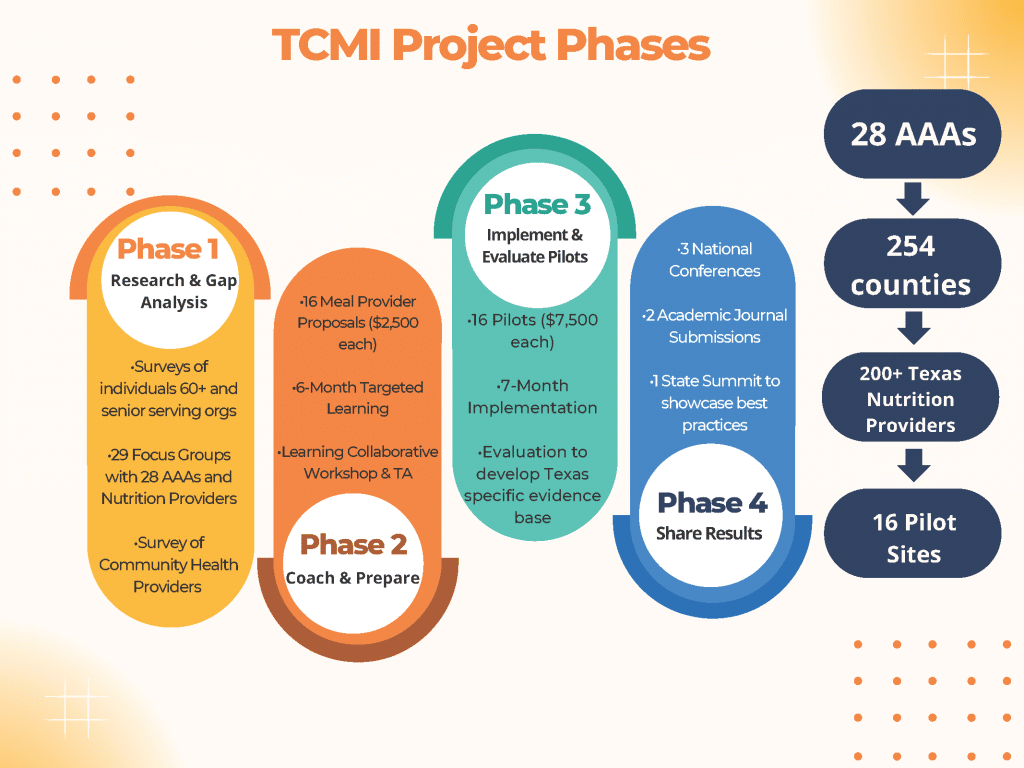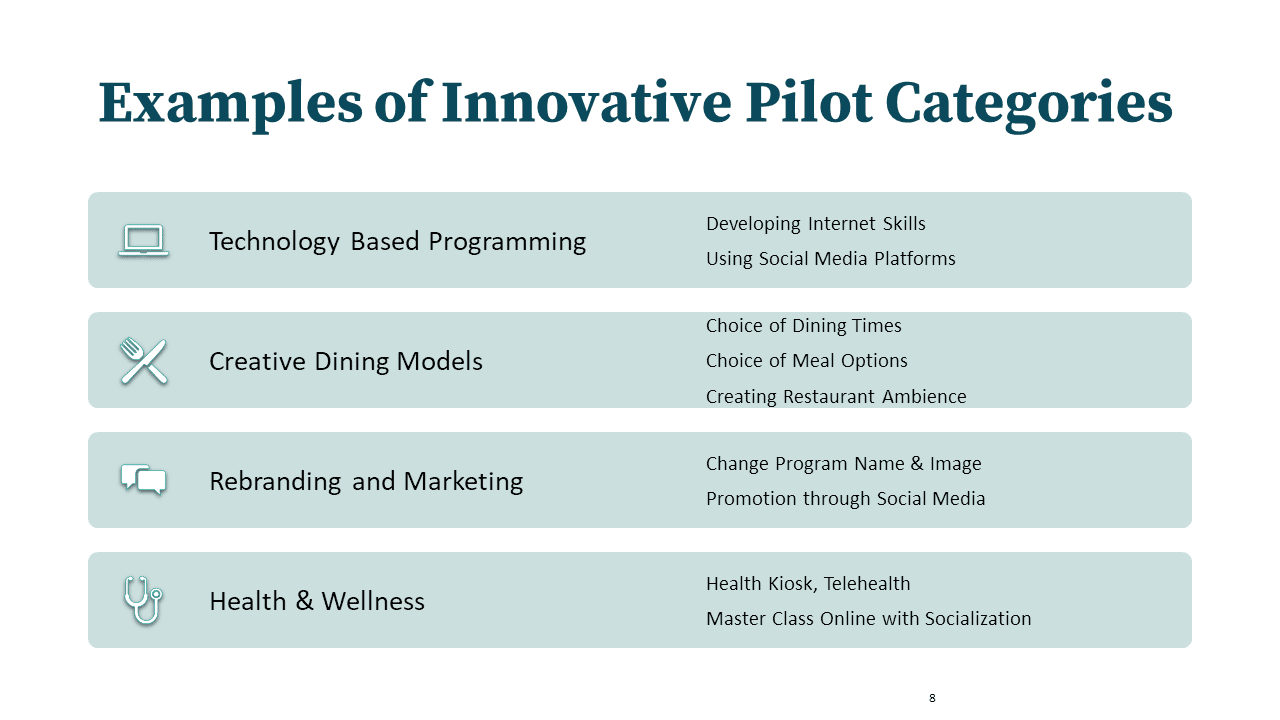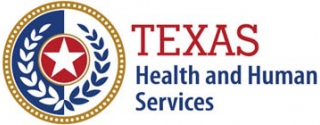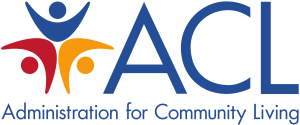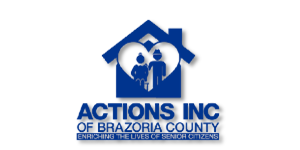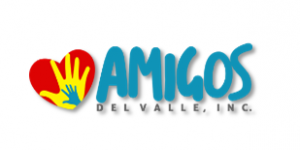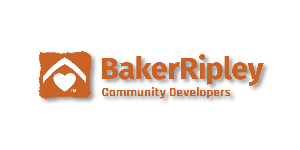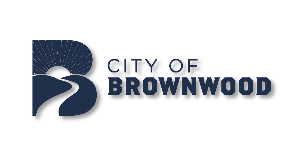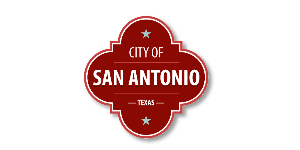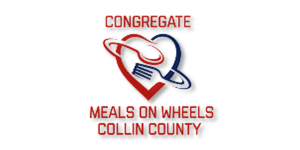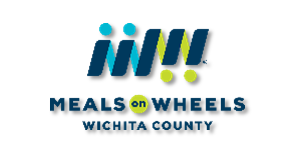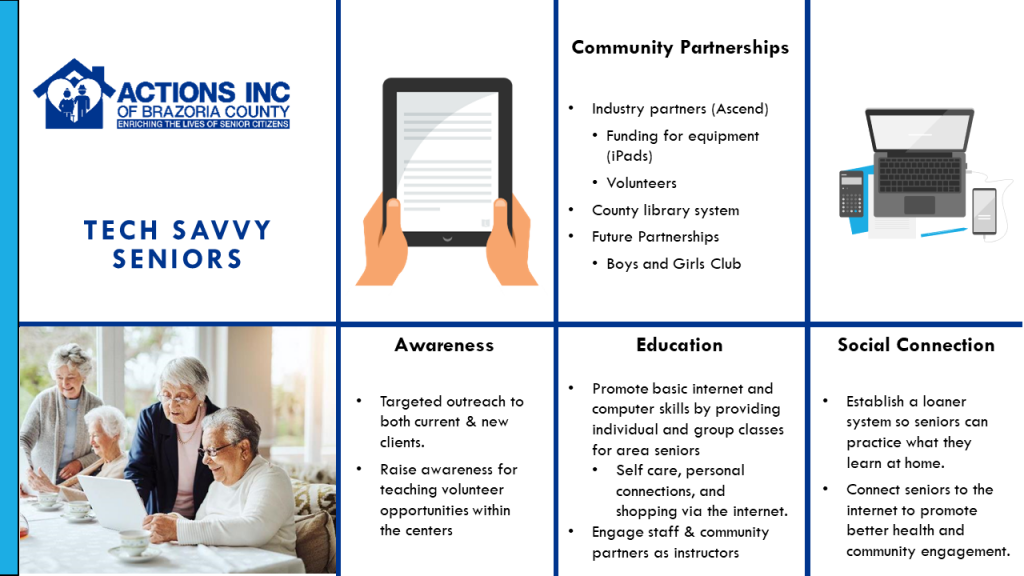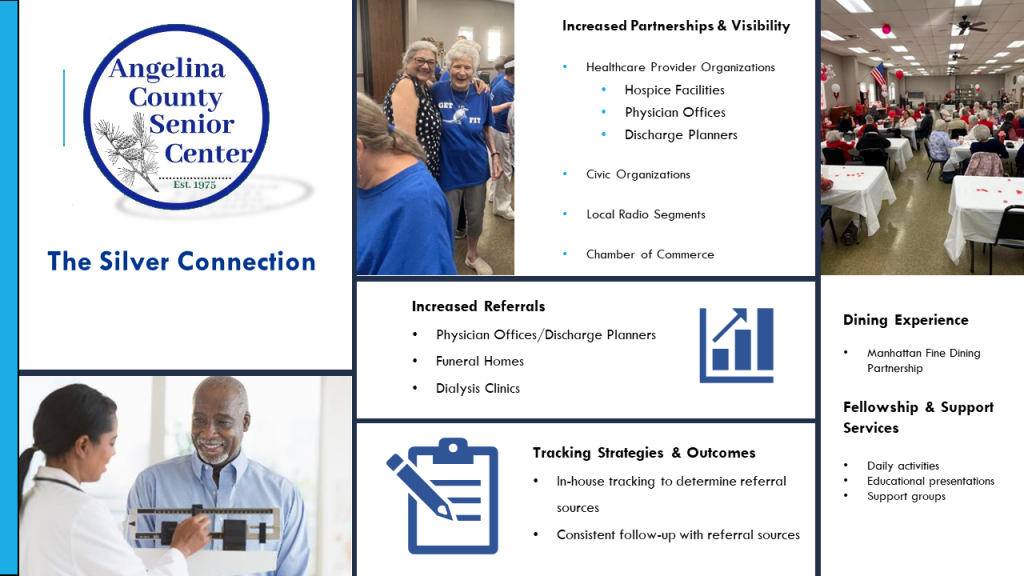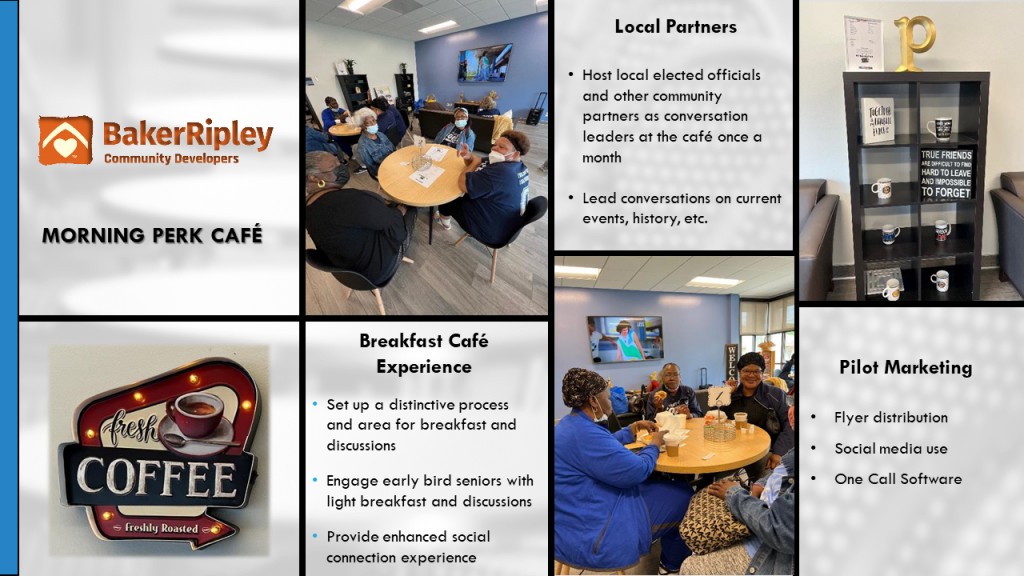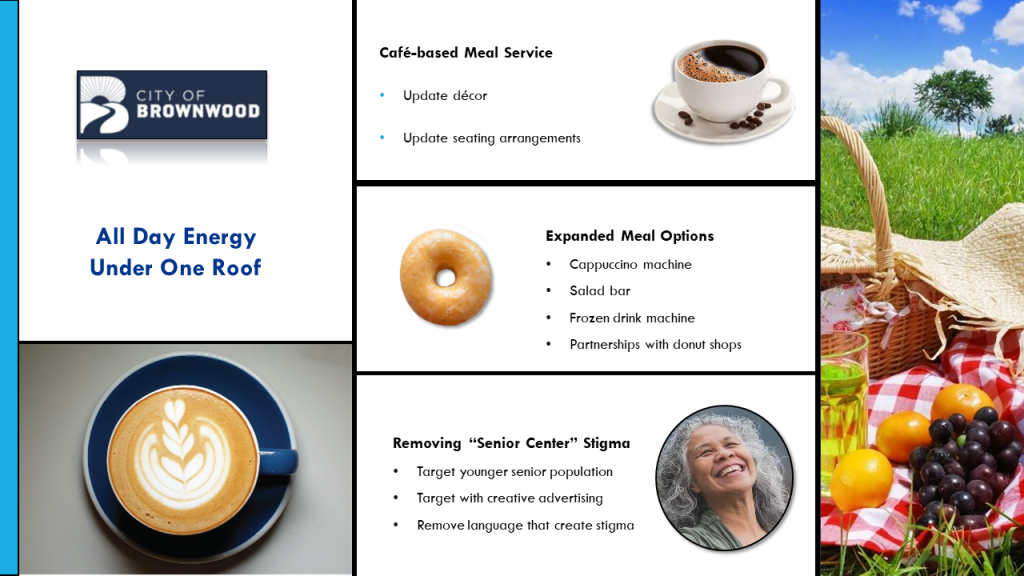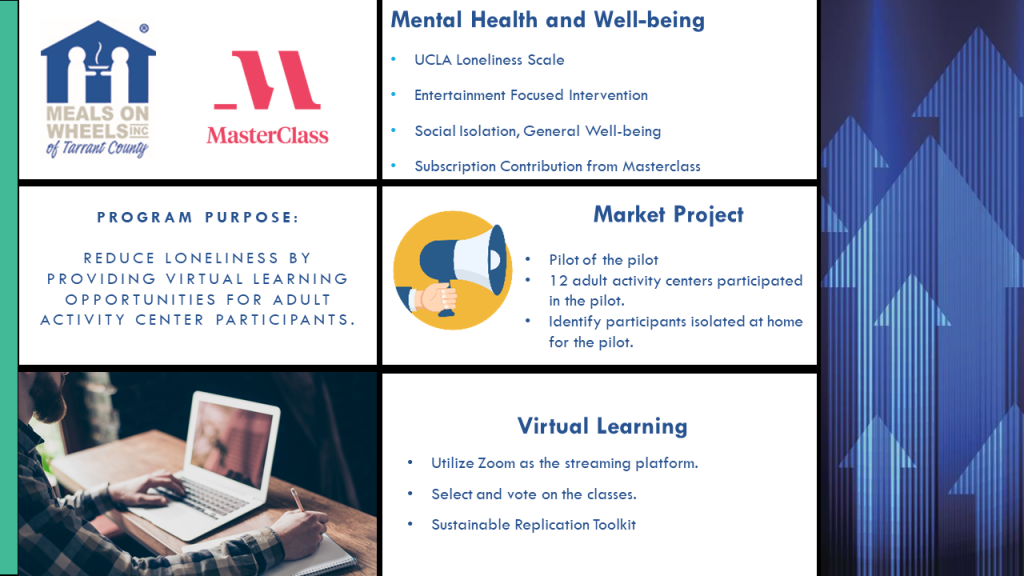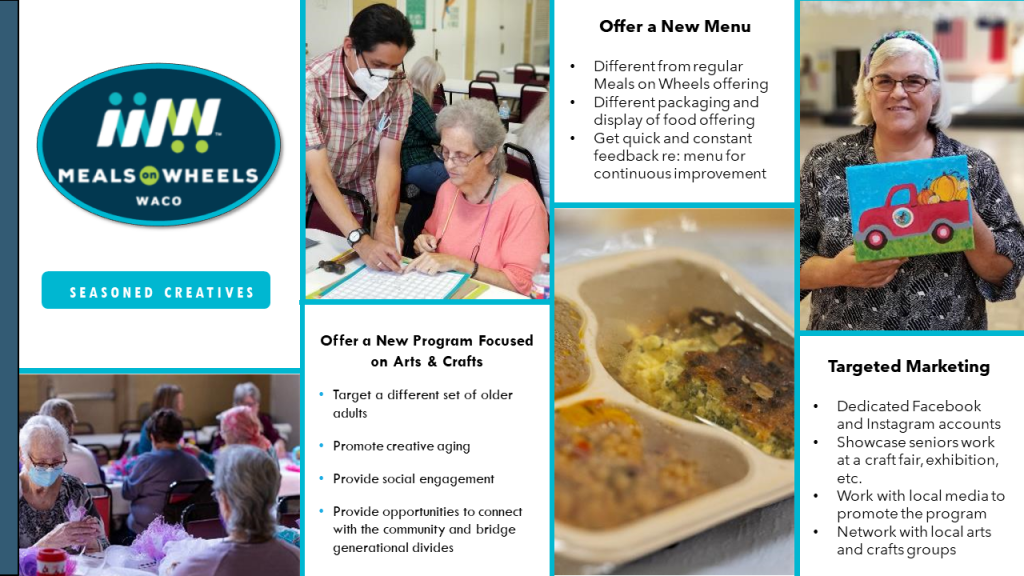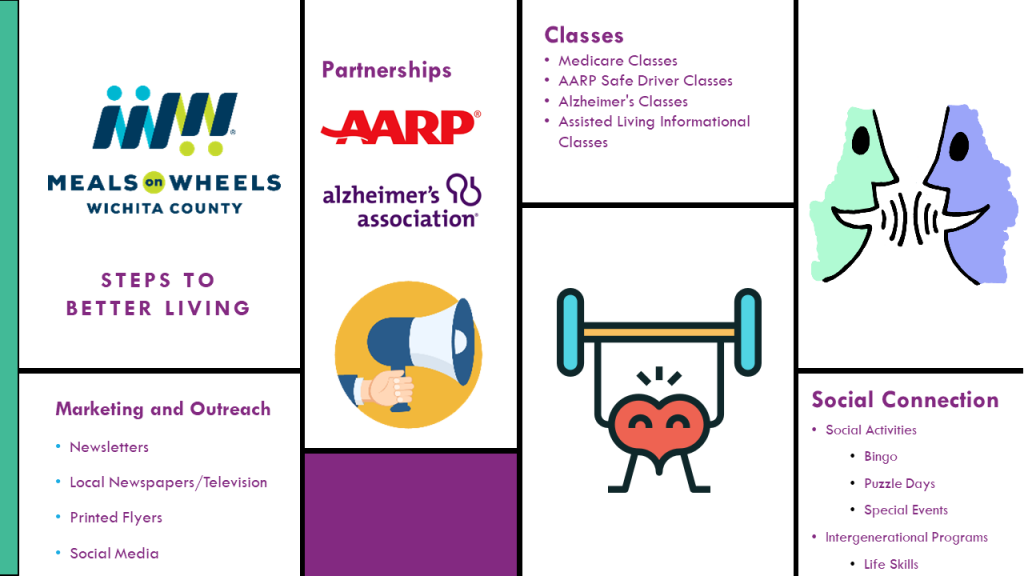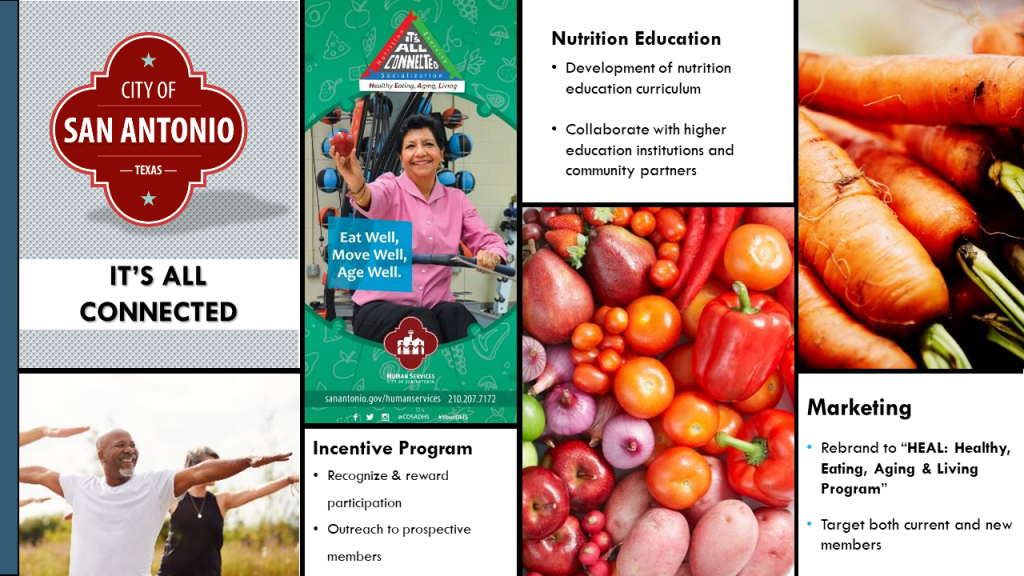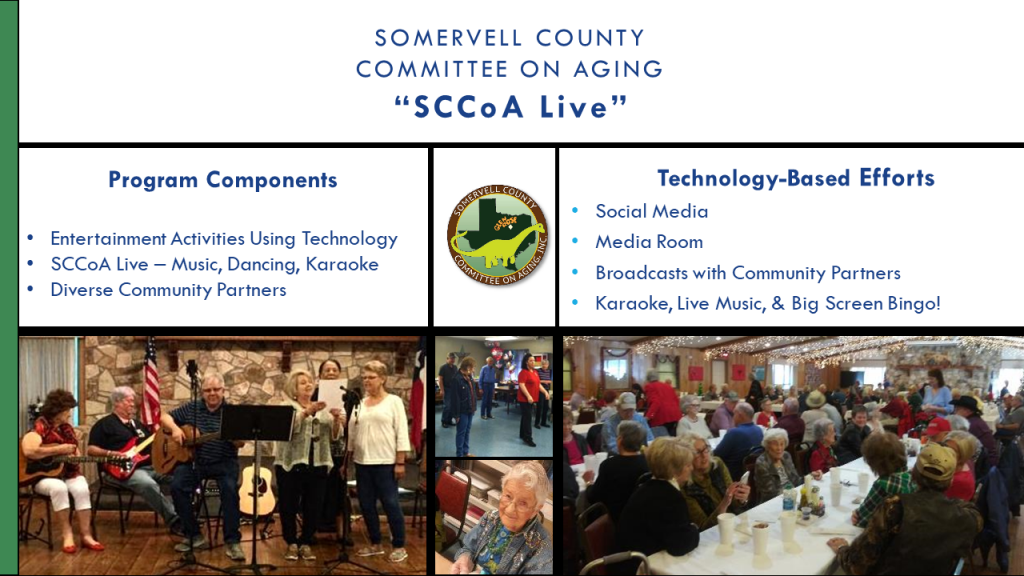PROJECT DESCRIPTION
A significant portion of US adults over age 60 suffer from social isolation and food insecurity. Congregate meal programs offer social interaction with peers, nutrition services, health education, and other activities tailored to the needs of seniors, but participation in these programs has declined dramatically in recent years across Texas and the nation. In collaboration with the Texas Health and Human Services Commission and the Texas A&M Mays Business School, PPRI aided 16 community-based congregate meal providers in developing and testing low-cost innovations aimed at increasing congregate meal participation and expanding benefits to seniors. The innovations were designed to be scaled statewide and nationally, with PPRI maintaining a repertoire of resources and tools from the entire collaborative experience.
The TCMI project involved a multi-stage research process. To learn existing barriers and facilitators to serving seniors in urban and rural communities, the project first surveyed older Americans, healthcare workers, and senior-serving organizations, then conducted 29 focus groups with congregate meal providers in the state’s 28 Area Agencies on Aging (AAA) regions. Sixteen local nutrition providers were then selected to form a Learning Collaborative. Following a kick-off in a three-day virtual workshop, the pilot sites received technical assistance to learn from each other and from subject matter experts as they planned innovations in the areas of technology-based programing, wellness education, branding, and creative dining.
The pilot program components were implemented in late Fall 2021. PPRI has tracked successes and challenges, and made recommendations to stakeholders, policy makers, and researchers for broad-based dissemination. These research findings are included below. The TCMI Learning Collaborative was featured by the federal Administration for Community Living as a “best practice” example at the 2021 Conference of the National Council on Aging. Findings have been presented at key state and national conferences in 2020-2022.
SPONSORS
APPROACH
RESEARCH TEAM
PILOT SITES
PILOT INNOVATIONS
Learning Collaborative Resources
RESEARCH PROCESS
